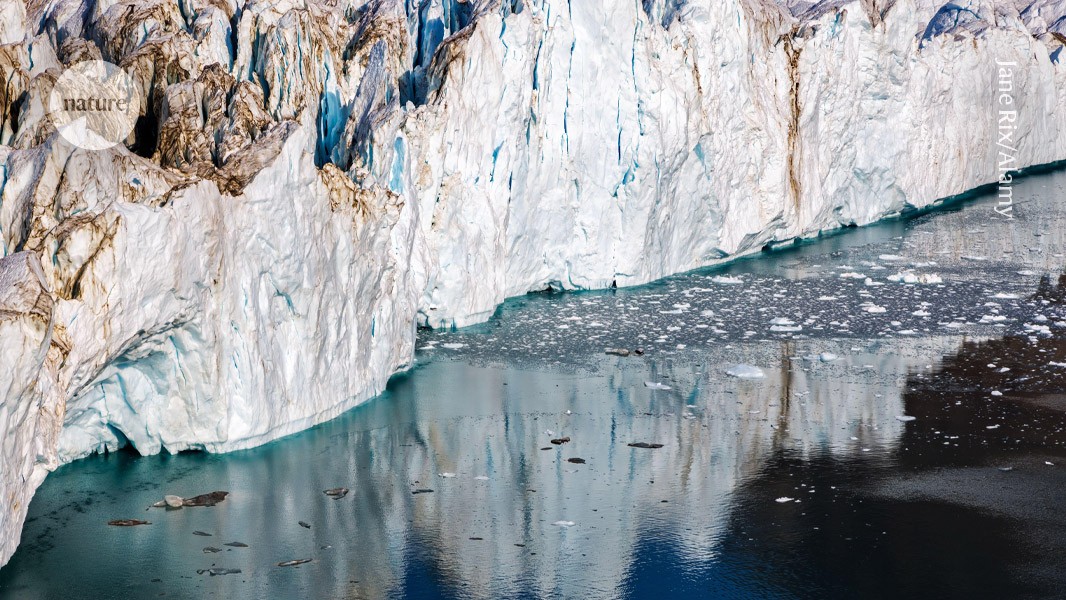Seismic Signal from Ice-Blown Ice in a Ice-Collapsing Ice Sheet: From the Arctic to Antarctica
It was the first time that a signal like this had been found in the global record, and many people thought their sensors were broken. A station halfway around the globe registered the signal.
It’s a good idea to compare the sounds and vibrates from an earthquake to smashing your hand into a piano and removing it again to see how long it takes to decay.
The signal was traced to the giant slide in the eastern side of the fjord that was caused by the melting of the glaciers.
A mountaintop that was 1.2 kilometer above the fjord collapsed, leaving 25 million kilowatts of rock and ice in the water. The researchers say that the material was enough to fill more than 10,000 swimming pools.
According to the researchers, the wave was over 800 feet in height and 200 meters in diameter. Because the wave’s energy was trapped in a rocky fjord, the water sloshed back and forth in a phenomenon called a seiche — and the scientists traced the seismic signal that was detected on sensors from the Arctic to Antarctica to that pattern.
Fake earthquakes in the 1930s and 1940s – a scientific milestone for the discovery of a new seismic signature and the mechanism for a glacier slide
The work toward an answer was slow. Even when they gained an understanding of what likely happened, they needed more time and data to prove it.
Climate change is causing new natural phenomena we could not even dream of a year ago, he says. There are still a lot of unresolved mysteries waiting to be solved by the next generation of scientists.
“We may expect similar signals to occur if a landslide should happen in a similarly shaped fjord or lake,” Svennevig says. Global warming is expected to increase the number of large earthquakes that occur in the north.
With the mystery of the global seismic signal solved, Svennevig says there is more work to be done to understand how the planet is adapting to climate change.
Precedents for such seismological signals existed in the scientific literature going back more than a decade. Landslides in closed water basins had produced a back-and-forth sloshing motion, known as a seiche, yielding a monochromatic seismic signature similar to the 2023 one. The events were only registered in the local area and lasted less than an hour.
It’s a nice study that explains an “extremely weird and unusual” seismological event, says Göran Ekström, a geophysicist at the Columbia University’s Lamont-Doherty Earth Observatory in Palisades, New York. He believes it’s due to teamwork and sharing of data. “The speed at which the team was able to document, describe and explain the sequence of events shows how science can work these days.”
In the end, it is believed that global warming caused the glacier to thin and set the stage for the slide. “We will probably see more of these funky events in the future,” he says.
